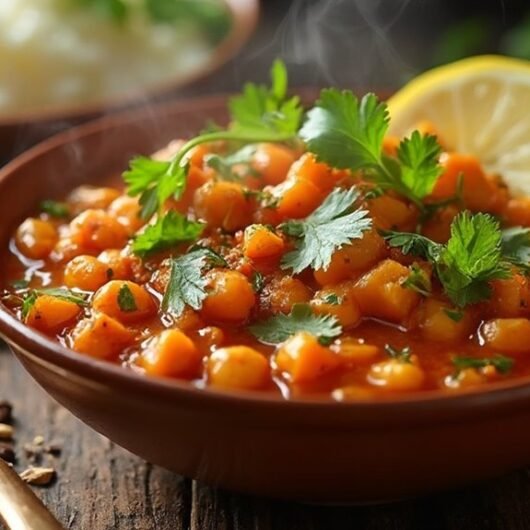The Ultimate Guide to Cleaning Luxury Vinyl Plank Flooring
Luxury Vinyl Plank (LVP) flooring combines beauty with durability, but maintaining its pristine appearance requires proper care. Many homeowners inadvertently damage their investment with improper cleaning methods. The good news? You don't need fancy products or complicated routines - just the right knowledge and consistent habits.
As Brett Miller, VP of Technical Standards at the National Wood Flooring Association, wisely notes: "The key to maintaining any floor, including LVP, is to clean up spills right away and use the right cleaning products specifically made for your type of flooring."
Daily Maintenance: The Foundation of Beautiful LVP Floors
Your LVP flooring represents a significant investment that deserves daily attention. Think of daily maintenance as preventative care that saves you time and money in the long run. A few minutes each day can preserve your floor's beauty for years:
- Use a microfiber dust mop or vacuum with a bare floor setting daily
- Wipe up spills immediately with a slightly damp cloth
- Pay extra attention to high-traffic areas where dirt accumulates
- Use entrance mats to capture dirt before it reaches your floors
The Do's: LVP Cleaning Best Practices
Proper cleaning techniques preserve both the appearance and protective wear layer of your LVP flooring. Follow these practices to maintain your floor's vibrant look:
| Practice | Method | Benefit |
|---|---|---|
| Regular Sweeping | Soft-bristled broom or vacuum with bare floor setting | Prevents scratching from grit and debris |
| Damp Mopping | Well-wrung microfiber mop with pH-neutral cleaner | Removes stuck-on dirt without excessive moisture |
| Spot Treatment | Isopropyl alcohol on white cloth for stubborn stains | Tackles tough stains without damaging finish |
| Preventive Care | Furniture pads and entrance mats | Minimizes scratches and reduces dirt tracking |
The Don'ts: What to Avoid with LVP Flooring
Using incorrect cleaning methods can cause permanent damage to your LVP investment. The protective wear layer that gives your floor its durability and attractive appearance is vulnerable to certain products and techniques:
- Avoid soap-based cleaners - They leave residue that creates a dull, cloudy appearance
- Skip vinegar solutions - Despite popular belief, vinegar's acidity can break down protective coatings over time
- Ditch abrasive tools - Steel wool, scrub brushes, and rough sponges create micro-scratches
- Eliminate excess water - Standing water can seep between planks, causing edge swelling and adhesive failure
- Never use bleach or ammonia - These harsh chemicals strip protective coatings and cause irreversible damage
- Be cautious with steam mops - Unless specifically approved by your flooring manufacturer, high heat and moisture can cause warping
Step-by-Step LVP Cleaning Guide
Follow this systematic approach to clean your LVP flooring effectively:
- Remove loose debris with a soft-bristled broom or vacuum with hard floor setting
- Prepare a cleaning solution using a pH-neutral cleaner specifically formulated for vinyl flooring
- Dampen a microfiber mop with the solution, ensuring it's not overly wet (excess moisture is the enemy!)
- Clean in sections, working from one end of the room to the other
- For stubborn spots, apply gentle pressure with a damp cloth
- Allow the floor to air dry completely before walking on it
- For deep cleaning (monthly), consider manufacturer-approved products designed specifically for LVP
Tackling Stubborn Stains
Even with regular maintenance, stubborn stains can occur. Here's how to handle common culprits:
- Scuff marks: Gently rub with a tennis ball or clean eraser
- Chewing gum: Harden with ice, then carefully scrape with a plastic scraper
- Ink/permanent marker: Dab (don't rub) with isopropyl alcohol on a white cloth
- Grease: Apply a small amount of dish soap on a damp cloth, then rinse thoroughly
Final Thoughts
Maintaining your LVP flooring doesn't require complicated routines or expensive products—just consistent care and the right techniques. By implementing these simple practices, you'll protect your investment while enjoying beautiful floors for years to come.
Remember that prevention is the best strategy: regular sweeping, prompt attention to spills, proper furniture protection, and entrance mats will drastically reduce the need for intensive cleaning. Make these habits part of your regular home maintenance routine, and your LVP floors will continue enhancing your living space for many years.
For more detailed information about LVP flooring care and maintenance, visit Clean Restore Connect, where you'll find additional resources and expert advice.
